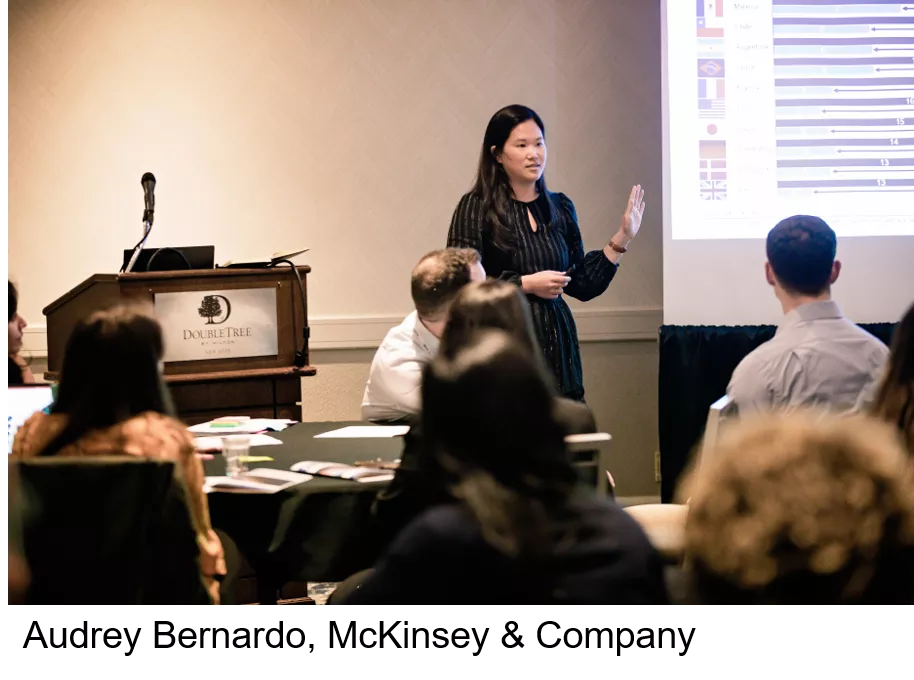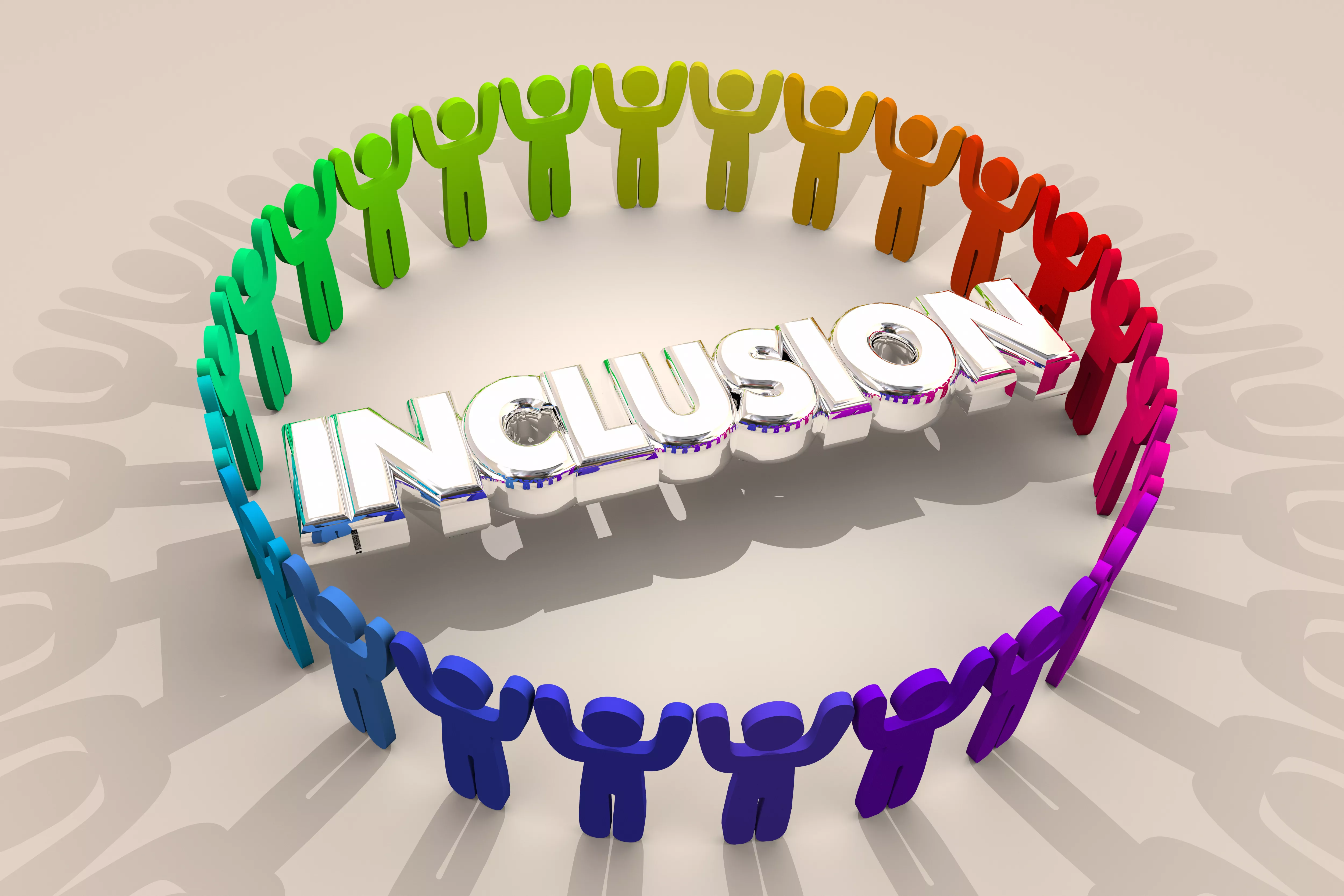
As technology companies worldwide struggle to narrow the yawning gender parity gap, organizations in other industries ranging from insurance and food services to banking have emerged as guiding lights for how to boost the number of women in the workplace. MetLife, the 48,000-employee insurance giant, is among the standouts. In 2015, the New York-based company launched Developing Women’s Career Experience, a 14-month program designed to hone the business and strategic acumen of high-potential female workers. The goal was to increase the sense of urgency to promote women. The program bore fruit, expanding the representation of female managers and entry-level workers to 50 percent.
Over the past five years, Sodexo, the French food services and facilities management company headquartered in Paris, has also upped female representation on its list of corporate priorities, expanding the ranks of women in entry and manager roles by 10 percent on average. More impressively, the number of women senior vice presidents has grown 20 percent and those in the C-suite have doubled.
Sodexo drove the increases by developing a scorecard to hold managers accountable for diversity and inclusion and tying their performance to total compensation. Fully 10 percent of their bonuses were linked to strides in diversity and inclusion. Leaders at the 470,000-employee company scored points for hiring, promoting and retaining more women and underrepresented groups and could hike the total by taking other steps to improve the work culture by demonstrating inclusive leadership.
 “We do see companies taking bold actions and are seeing tremendous results,” said Audrey Bernardo, a partner at consultancy McKinsey & Company, as she presented the case studies at Diversity – Women in Tech to kick off FLEX|MEMS & Sensors Technical Congress (MSTC) 2020 last week in San Jose.
“We do see companies taking bold actions and are seeing tremendous results,” said Audrey Bernardo, a partner at consultancy McKinsey & Company, as she presented the case studies at Diversity – Women in Tech to kick off FLEX|MEMS & Sensors Technical Congress (MSTC) 2020 last week in San Jose.
And it turns out the payoffs matter not only for the bottom line but also a company’s ability to attract and retain the best talent. Citing research from the McKinsey & Company and Lean In 2019 report Women in the Workplace as well as McKinsey’s 2018 Delivering through Diversity, Bernardo noted that gender-diverse companies are 24 percent more likely to financially outperform their less inclusive counterparts, while organizations with higher ethnic diversity are 33 percent more likely to outshine less diverse companies.
Younger workers are particularly sensitive to diversity biases. The survey of more 250,000 employees at 600 companies found that employees under the age of 30 are almost two times more likely than older workers to raise the need for diversity and more likely to see bias in the workplace.
 “Diversity and inclusion has become a business imperative,” Bernardo said. Yet despite the urgency, gains among tech companies in cultivating a diverse workforce have been hard-won in part because of the challenge to better balance the proportions of male and female workers. And the headwinds start to gather when females are young. According to the report, 15-year-old females are vastly outnumbered by boys in their appetite to work in tech fields, with girls 65 percent to 84 percent less interested in pursuing tech careers than boys the same age.
“Diversity and inclusion has become a business imperative,” Bernardo said. Yet despite the urgency, gains among tech companies in cultivating a diverse workforce have been hard-won in part because of the challenge to better balance the proportions of male and female workers. And the headwinds start to gather when females are young. According to the report, 15-year-old females are vastly outnumbered by boys in their appetite to work in tech fields, with girls 65 percent to 84 percent less interested in pursuing tech careers than boys the same age.
That dynamic extends to females in their college years. Despite earning more degrees than men overall, women account for the minority of tech degrees – ranging from as low as 13 percent representation in Chile and 15 percent in Brazil to as high as 45 percent and 36 percent, respectively, in India and Mexico. In the U.S., women account for just 23 percent of undergraduate degrees in tech.
Bernardo praised the growing number of companies that are “reaching further down the age pipeline” to inspire young students to pursue STEM educations and careers in tech and cited the work of the SEMI Foundation – through High Tech U and other programs geared toward young students – to inspire the next generation of industry workers.
 The picture brightens once women have entered careers at technology hardware companies – they are promoted at only a slightly lower rate than men. Yet when it comes to outside hires, women are brought on board at a much lower rate than men. For example, women account for just 22 percent of the senior vice presidents hired at hardware companies, 17 percent of vice presidents, 22 percent of senior managers and directors, and 25 percent of managers.
The picture brightens once women have entered careers at technology hardware companies – they are promoted at only a slightly lower rate than men. Yet when it comes to outside hires, women are brought on board at a much lower rate than men. For example, women account for just 22 percent of the senior vice presidents hired at hardware companies, 17 percent of vice presidents, 22 percent of senior managers and directors, and 25 percent of managers.
Part of the challenge for women in senior leadership positions is balancing careers with their home lives since they are two times more likely to be in dual-career households than their male counterparts.
“We will never solve the women-in the-workplace problem until we solve the women-in-the-home problem,” Bernardo said.
Indeed, giving women the leeway to work from home and take time off for family or personal reasons ranked among the power practices the study found most correlated to diversity and inclusion progress. Others include C-level executive participation in shaping a diversity and inclusion strategy, establishing numeric targets for tracking gender representation across the workforce as Sodexo has done, and unconscious bias training.

“D&I needs to be visible from the top,” Bernardo said.
A shining example of executive support for diversity and inclusion initiatives is the work by Atlanta-based SunTrust Bank to encourage workers to embrace differences in people and build awareness of unconscious bias. In 2018, the 23,000-employee company held a daylong event that included workshops focused on candid conversations about gender, race, disability, LGPTQ identity, religion and military service.
The Day of Understanding was sponsored by the SunTrust CEO. Within three years, the proportion of employees viewing the SunTrust workplace as inclusive grew to 80 percent, an 11 percent jump.
Michael Hall is a marketing communications manager at SEMI.